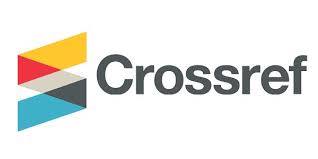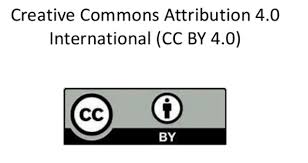Assessment of lead (Pb) and cadmium (Cd) contamination in locally available vegetables in Mymensingh
DOI:
https://doi.org/10.47440/JAFE.2023.4404Keywords:
Vegetables, heavy metals, recommended, permissible limit (RPL), human healthAbstract
The most hazardous elements are lead (Pb) and cadmium (Cd), which can cause a number of illnesses and interfere with a person's ability to operate normal physiology. This investigation was designed to determine the levels of Pb and Cd in locally available vegetables (Carrot, Brinjal and Green banana) in Mymensingh city. Atomic Absorption Spectrophotometer (AAS) was used to analyze the heavy metal concentration of samples that were randomly selected from Seshmor (SM) bazar and Kamal Ranjit (KR) market. In the samples collected from KR market, the content of Pb was 0.027, 0.29 and 0.00 mg/kg dry weight in Carrot, Brinjal and Green banana, respectively. Whereas in the samples from SM bazar, the content of Pb was 0.034, 0.273 and 0.00 mg/kg dry weight in Carrot, Brinjal and Green banana, respectively. In the samples purchased from KR market, the content of Cd was 0.19, 0.021and 0.00 mg/kg dry weight in Carrot, Brinjal and Green banana, respectively. In the contrary, in SM bazar the content of Cd was 0.07, 0.066 and 0.00 mg/kg dry weight of Carrot, Brinjal and Green banana, respectively. The concentration of Pb and Cd in Carrot, Brinjal and Green banana in both KR market and SM bazar were below the recommended permissible limit (RPL) guided by WHO. In conclusion, vegetables collected from the research area are safe to eat, but because of potential hazards and risks associated with metal ingestion, they should only be consumed in moderation.






 Publisher:
Publisher: 